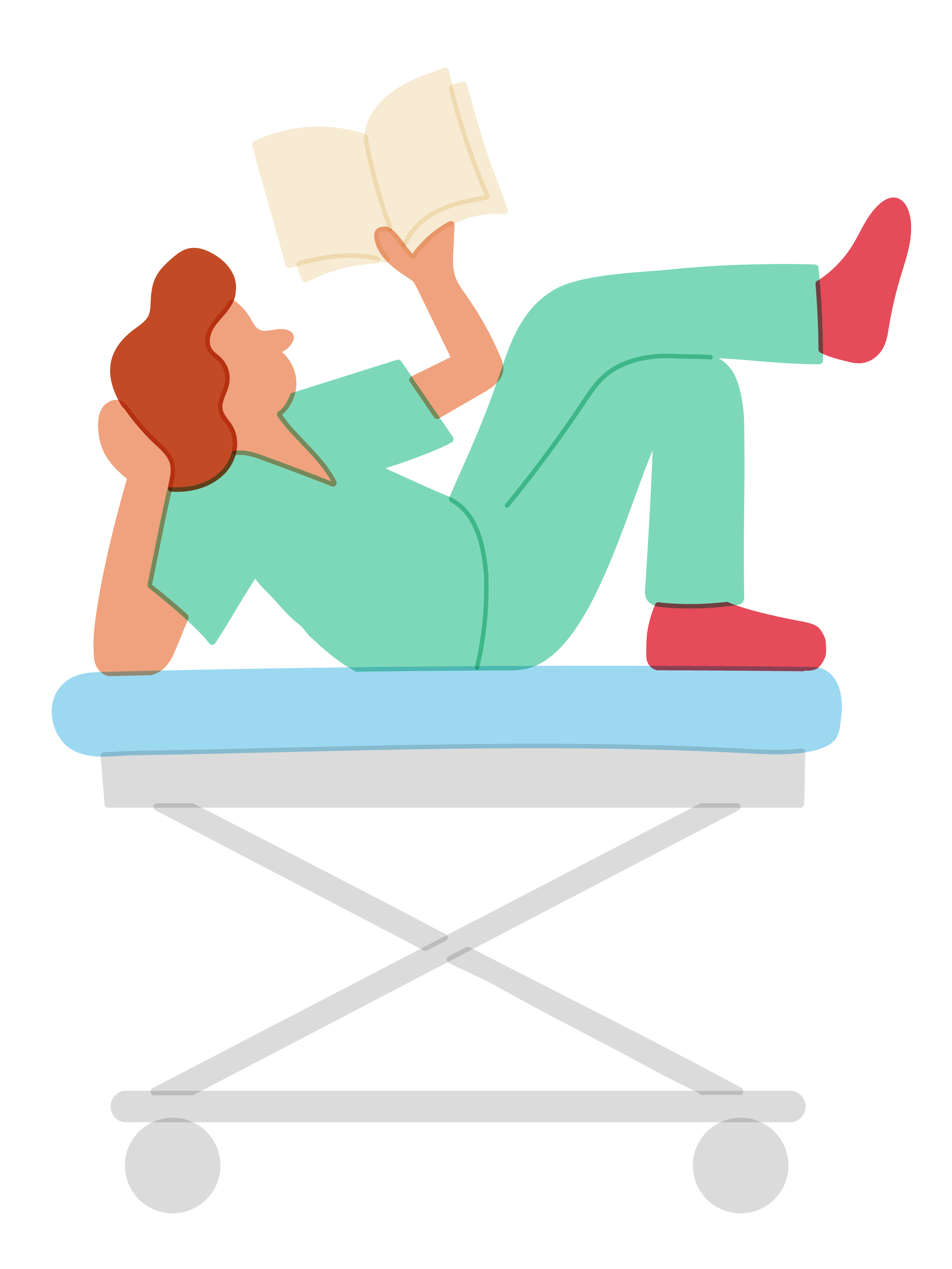In the opening paragraph of “Who Lives and Who Dies,” the late physician-advocate Paul Farmer writes the following about injury and care:
“What is it like to be a passenger on a bus, or standing in a cheering crowd at the finishing line of a marathon, in the seconds after a bomb goes off, when you know you’re hurt but not where or how badly? What’s it like to be a child who finds a discarded toy and picks up what turns out to be a landmine? What’s it like to be giving birth at home, and see blood pooling between your legs, and look up at the ashen faces of a birth attendant, a midwife, a spouse? What’s it like to feel the earth tremble and see the roof and walls of your home or school fall towards you? More to the point, in terms of survival: what happens next?
It depends. Not just on the severity of the injury, but on who and where you are... Who lives and who dies depends on what sort of healthcare system is available. And who recovers, if recovery is possible, depends on the way emergency care and hospitals are financed… “ continue reading at Paul Farmer · Who Lives and Who Dies: Who survives? · LRB 5 February 2015
As medical schools and health institutes around the world weave language of equity and justice in their mission statements, it is important for students to recognize that these principles are not only important to embody as a healthcare professional, but they are necessary to deliver high-quality medical care.
As Dr. Farmer writes, there are many circumstances, from a traffic accident to a conflict-related injury, that require people to seek desperately needed care. Care providers will notice that among the many patients they see, the anatomy of a wound or the biology of an illness can be standardized. Diagnostic tests may generate the same recommended clinical intervention. However, differences in outcomes are often the result of powerful social, economic, and political factors that make care and life-saving resources more or less accessible to others. Without a focus on equity and justice, the opportunity for receiving effective treatment will be concentrated in the most well-funded and resource-rich facilities. To counteract this trend of care becoming a privilege, rather than health being a right, medical educators and health providers must continue to incorporate discussion of equal access and care for patients within the social worlds that they inhabit.
I encourage you to keep in mind five principles that make clear why justice and equity are essential:
- Health is both biological and social, meaning it is important to contextualize clinical care within the worlds of the people and patients you encounter.
- Justice and equity are essential to deliver high-quality care, making it all the more important that medical curriculums are centering these values in education and training.
- ‘Who lives and who dies depends on what sort of healthcare system is available’
- Empathy is essential to care.
- Caring for the most vulnerable communities brings services to those who need it most and improves the competency of their providers.


Comments